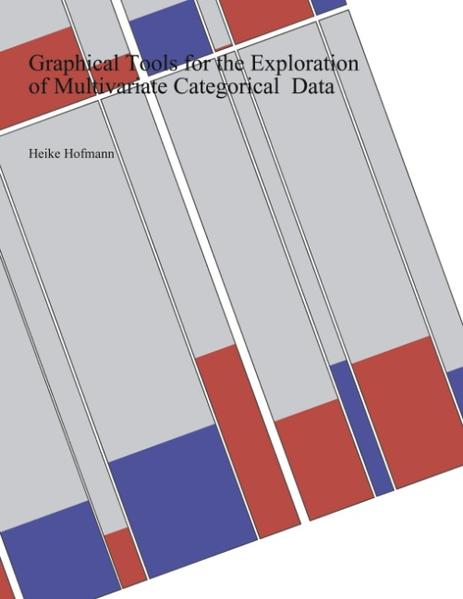
Zustellung: Sa, 12.07. - Di, 15.07.
Versand in 2 Tagen
VersandkostenfreiBestellen & in Filiale abholen:
Categorical data appear in all areas of data analysis, from social sciences
and surveys to data mining. They occur either in the form of nominal or
ordered variables and interval grouped data as in (possibly censored) data
of statistical offices. As computers and methods are able to handle ever
larger data sets, the importance of analysing categorical data grows accordingly.
Approaches are made in this direction, but often enough the analysis remains
on the level of merely a listing of numbers. Data mining plays an especially
large role, since in this field categorical data are not only analysed
but also vast amounts of categorical output are produced and have, again,
to be analysed in order to obtain interpretable results. In the field of
statistical modelling there are several approaches in dealing with multivariate
categorical data - linear and log-linear models, logit and probit models
are some of the most common methods. For all of these methods it is necessary
to check how well the data are fitted. Examining residuals with respect
to structural behaviour or irregularities is vital. In the case of continuous
data, graphical displays are used for this task. For categorical data graphical
displays, also, exist, even for high-dimensional situations. But the connection
between the graphical display and the model is far less explored for categorical
data than for continuous data.
and surveys to data mining. They occur either in the form of nominal or
ordered variables and interval grouped data as in (possibly censored) data
of statistical offices. As computers and methods are able to handle ever
larger data sets, the importance of analysing categorical data grows accordingly.
Approaches are made in this direction, but often enough the analysis remains
on the level of merely a listing of numbers. Data mining plays an especially
large role, since in this field categorical data are not only analysed
but also vast amounts of categorical output are produced and have, again,
to be analysed in order to obtain interpretable results. In the field of
statistical modelling there are several approaches in dealing with multivariate
categorical data - linear and log-linear models, logit and probit models
are some of the most common methods. For all of these methods it is necessary
to check how well the data are fitted. Examining residuals with respect
to structural behaviour or irregularities is vital. In the case of continuous
data, graphical displays are used for this task. For categorical data graphical
displays, also, exist, even for high-dimensional situations. But the connection
between the graphical display and the model is far less explored for categorical
data than for continuous data.
Produktdetails
Erscheinungsdatum
23. August 2001
Sprache
deutsch
Auflage
1. Auflage
Seitenanzahl
264
Autor/Autorin
Heike Hofmann
Verlag/Hersteller
Produktart
kartoniert
Gewicht
466 g
Größe (L/B/H)
220/170/17 mm
ISBN
9783831116607
Entdecken Sie mehr
Bewertungen
0 Bewertungen
Es wurden noch keine Bewertungen abgegeben. Schreiben Sie die erste Bewertung zu "Graphical Tools for the Exploration of Multivariate Categorical Data" und helfen Sie damit anderen bei der Kaufentscheidung.










